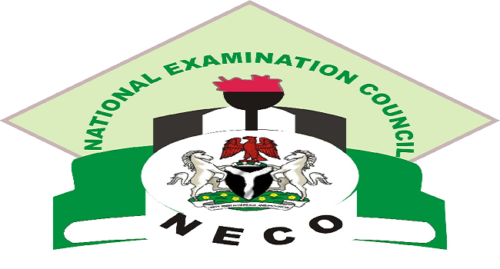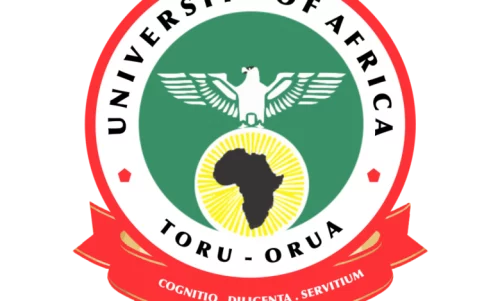Agric keypoints: Introduction to agricultural research and statistics; Information and Communication Technology (ICT) has transformed various sectors of the economy, and agriculture is no exception. In recent years, the integration of ICT into agriculture has significantly improved productivity, efficiency, and sustainability in the agricultural sector.
Study other Agric keypoints here for JAMB, WAEC, IJMB
Agric keypoints: Introduction to agricultural research and statistics
This detailed analysis explores the features of computers, uses of computers in agriculture, and the role of communication gadgets in enhancing agricultural production.
Features of Computers:
1. Hardware Components:
- Central Processing Unit (CPU): The brain of the computer, responsible for executing instructions and processing data.
- Monitor: Displays output in the form of text, images, and videos.
- Keyboard and Mouse: Input devices used for data entry and navigation.
- Storage Devices: Hard drives and solid-state drives for data storage.
- Memory (RAM): Temporary storage for running applications.
- Motherboard: The main circuit board that connects all components.
2. Software:
- Operating System: Manages hardware resources and provides a user interface.
- Applications: Software programs for specific tasks, such as word processing, spreadsheet analysis, and simulation modeling.
- Programming Languages: Tools for creating custom software and applications.
3. Connectivity:
- Internet: Provides access to a vast amount of information and communication tools.
- Intranet: Internal networks within organizations for sharing data and resources.
- Bluetooth and Wi-Fi: Wireless technologies for connecting devices.
4. User Interface:
- Graphical User Interface (GUI): Icons, windows, and menus for user-friendly interaction.
- Command-Line Interface (CLI): Text-based interaction through commands.
Uses of Computers in Agriculture:
1. Disease and Weather Forecasting:
- Computers process meteorological data to predict weather patterns, helping farmers make informed decisions about planting and harvesting.
- Disease modeling software can predict disease outbreaks and suggest preventive measures.
2. Ration Formulation:
- Computers aid in formulating balanced animal rations by considering nutritional requirements and available feed ingredients.
- Precision feeding optimizes resource utilization.
3. Database Management:
- Farmers can maintain detailed records of crop yields, soil data, and livestock performance.
- Databases enable data analysis for better decision-making.
4. Simulation Studies:
- Simulation software models agricultural processes, such as crop growth, irrigation, and pest control.
- Farmers can test different scenarios to optimize resource allocation.
5. Precision Agriculture:
- GPS and GIS technologies integrated with computers enable precise planting, harvesting, and resource management.
- Drones equipped with cameras and sensors provide real-time data for field analysis.
Use of Communication Gadgets to Enhance Agricultural Production:
1. Mobile Phones:
- Mobile phones provide access to agricultural information, market prices, and weather forecasts.
- Farmers can communicate with experts and fellow farmers for advice and market updates.
2. Internet:
- Access to the internet allows farmers to research new farming techniques, access online markets, and participate in online agricultural communities.
- E-commerce platforms connect farmers directly with consumers.
3. Sensor Technology:
- IoT (Internet of Things) sensors monitor soil moisture, temperature, and humidity, providing real-time data to optimize irrigation and resource use.
- Smart farming devices enable remote control of equipment and monitoring of livestock.
4. Social Media:
- Social media platforms provide spaces for farmers to share experiences, knowledge, and market information.
- Agricultural forums and groups foster collaboration and information exchange.
5. Automated Alerts:
- SMS alerts and apps notify farmers about weather changes, disease outbreaks, and market fluctuations.
- Timely information helps farmers make quick decisions.
Conclusion:
The application of ICT in agriculture has revolutionized the sector by enhancing productivity, sustainability, and connectivity. Computers play a pivotal role in data analysis, modeling, and decision-making, while communication gadgets like mobile phones and the internet provide farmers with access to information and markets.
Embracing these technologies is crucial for modernizing agriculture and ensuring food security in a rapidly changing world.












